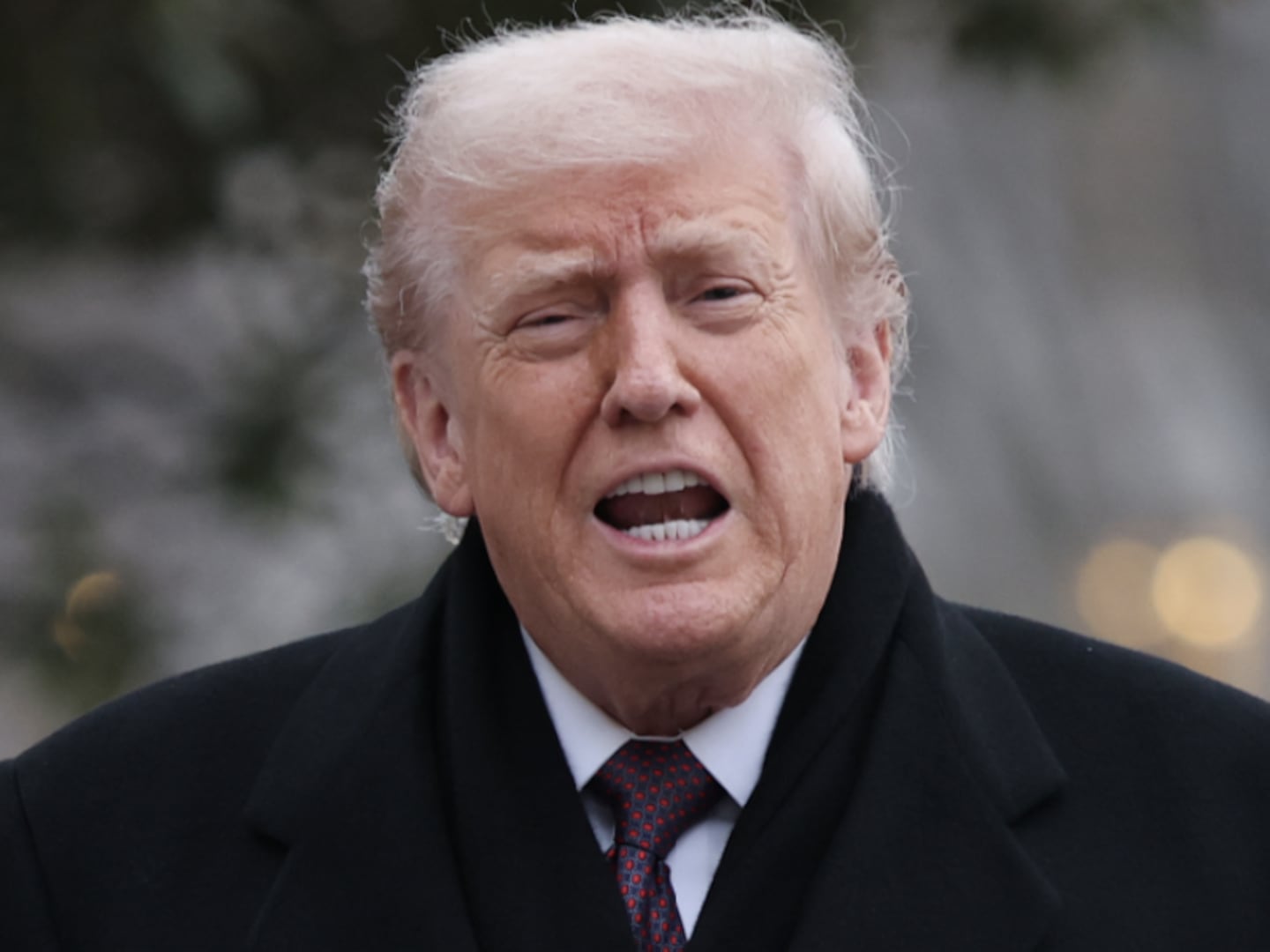Wary of increasingly well-equipped Russian and Chinese troops, the U.S. Army is pushing hard to buy its first brand-new armored tank in 40 years. At the top of the ground-combat branch’s wish list: a lightweight but heavily armed tracked vehicle that can fit inside Air Force cargo planes and accompany infantry scouts and paratroopers into battle.
The new Mobile Protected Firepower vehicle will require its developers to carefully balance competing demands. If the tank is too thickly armored or heavily armed, it could be too heavy for the Air Force’s planes.
If it’s too thinly armored or under-armed, it might not survive in combat a well-equipped foe. The Chinese army has begun fielding its own high-tech light tank. Russian forces have operated air-mobile armored vehicles for decades.
But if recent history is any indication, the biggest obstacle the Army faces in developing the new tank is... the Army itself. The branch has tried several times in recent years to buy new armored fighting vehicles. Almost every new vehicle ended up overweight, over-budget—and canceled.
The Army operated light tanks through the World Wars, the Korean War, Vietnam, and the 1991 Gulf War. In the 1990s, to save money, it retired all the vehicles without direct replacements. Today, Army paratroopers and scouts rely on shoulder-launched missiles to give them a fighting chance against enemy forces possessing armored vehicles.
But with enemy vehicle designs steadily getting better, the Army is no longer comfortable sending its troops into battle without a light tank of their own. Deploying from cargo planes landing on dirt airstrips, the new vehicles could boost the firepower of otherwise lightly equipped paratroopers.
Infantry scouts trying to assess an opponent’s combat strength could bring along light tanks to help them punch through the outer screen of enemy defenses. “The addition of Mobile Protected Firepower to the [infantry brigade] enhances its ability to fight for information,” Lt. Col. Scott Pence wrote in Armor, an Army professional journal.
Just don’t expect the new vehicle to do battle with the enemy’s heavy tanks. “It’s not going toe-to-toe with a tank,” said David Dopp, the head of the Mobile Protected Firepower project. “It’s for the infantry. It goes where the infantry goes—it breaks through bunkers, it works through targets that the infantry can’t get through.”
At a time when big military programs can last for decades, the Army is moving swiftly to acquire the new light tank. The effort began just two years ago under the leadership of Lt. Gen. H.R. McMaster, currently President Donald Trump’s national security adviser. McMaster gathered bureaucrats from across the Army and forced them to work together on the broad outlines of the vehicle’s design.
“Do it together and collaborate from the beginning,” is how McMaster described the process. As a result, the Army quickly gained a clear sense of what the new tank should be capable of doing. The service wants contractors to pitch detailed designs in November.
Maj. Gen. David Bassett, who oversees tank purchases, said the branch would “do acquisition differently to deliver capability quickly.” The key, Bassett said at an industry conference on Oct. 10, is using existing components instead of inventing them all from scratch.
The new tank could use the same 120-millimeter cannon that arms the Army’s M-1 heavy tanks, or the smaller, 105-millimeter gun that’s on some of the service’s wheeled Stryker vehicles. Including off-the-shelf hardware could save two or three years of work, Bassett said.
At least three major arms companies could propose designs for the new tank. Michigan-based General Dynamics Land Systems has already built an early prototype for a vehicle it calls Griffin, which boasts a 120-millimeter gun. BAE Systems, a British company, updated the M-8, a 1990s-vintage light tank that the Army canceled to save money. The M-8 sports a 105-millimeter cannon.
Virginia-based SAIC announced it, too, would compete for the light-tank contract.
Despite looking like other tanks with their guns, turrets, armor and treads, the Mobile Protected Firepower prototypes lack many of the features of the M-1, which General Dynamics developed in the 1970s.
The M-1 weighs 70 tons, mostly owing to its thick, uranium-laced armor. By contrast, the new light tank can weigh no more than 30 tons and still fit two apiece inside an Air Force C-17 transport.
To save space and weight compared to the M-1, BAE Systems installed an automated ammunition-loader in its prototype light tank, allowing just three people to operate the vehicle. General Dynamics stuck with the four-crew layout but apparently saved weight on its prototype by building the chassis out of a high-tech composite material instead of steel.
It's unclear how much one of the new fighting vehicle will cost. A Stryker armored vehicle, which weighs slightly less than a light tank does, sets back taxpayers around $5 million per copy.
If everything goes according to plan, Mobile Protected Firepower vehicles will start rolling off the factory floor in 2021. But a lot can go wrong between now and then. The last two times the Army tried to develop a new fighting vehicle, it grew too complex and expensive—and the service canceled it.
The Trump administration is clearly aware of the Army’s reputation for screwing up weapons buys. In early October, the White House tapped former Army officer and researcher Bruce Jette to oversee the branch’s purchases.
Jette made a name for himself in the early 2000s as the head of the Rapid Equipping Force, a small Army team that specialized in quickly buying off-the-shelf technology including small robots. Today the Army is betting that the same process can produce a new light tank that’s at least equal to what the Chinese and Russians are building.






